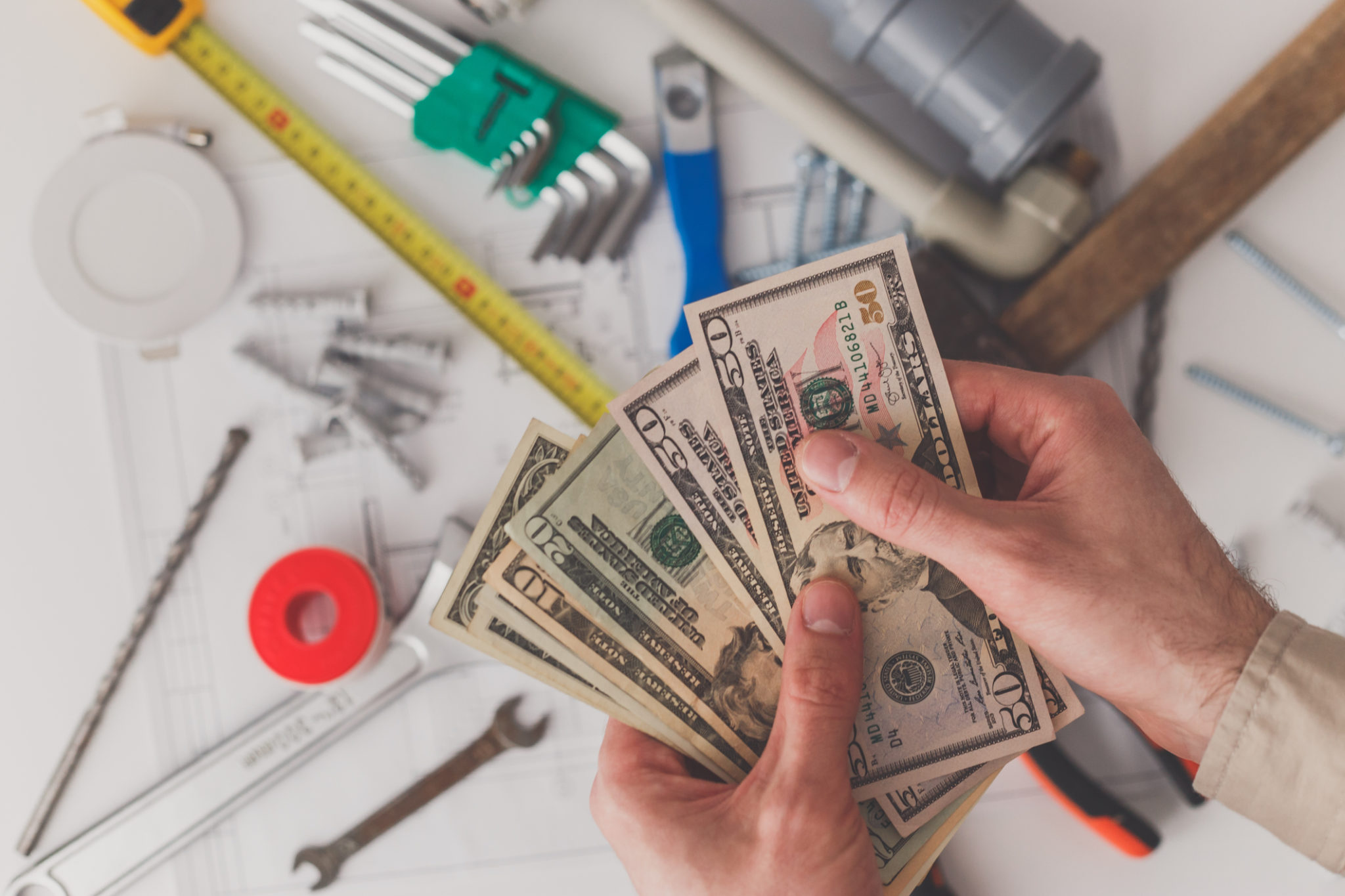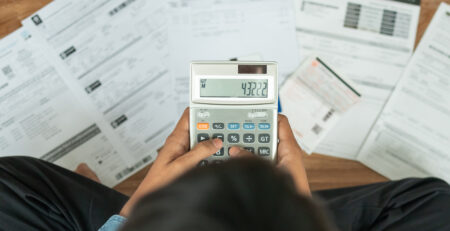House Emergencies: Start Saving Now to Prepare for Home Repair Costs
Every home needs occasional maintenance and updates to remain in good condition. You need a new roof every 15 to 30 years and new siding every 5-20 years. Your major appliances may need to be replaced every 5-15 years. Your HVAC heater and air-conditioner will need maintenance and eventually – like all machines – will need to be replaced. Some homes have foundation issues that must be shored up every few years.
Rented homes take care of these repairs between tenants. When a home is sold, buyers will often take care of a few of the most urgent major repairs to boost the final sale price of the house. However, as a new homeowner, all of the home’s maintenance needs fall on your shoulders. The longer you own a home, the more likely it is that you will need to spring for a new roof or water heater. Often, we only discover this necessity when an emergency occurs and immediate repairs are needed – like a roof leak or suddenly lacking hot water.
So today, we’re spotlighting how to prepare for those big house emergencies by saving for these big expenses starting right now.
Identify Your Most-Likely Upcoming Home Emergencies & Their Prices
Every home needs major repairs and/or replacement parts every now and then – just like any large composite system. Your home is made of the roof, walls, siding, wiring, pipes, built-in appliances, and concrete foundation. All of these elements come together to make a comfortable house and they wear out at different rates.
- Roof
- Siding
- HVAC
- Plumbing and Electrical
- Water Heater
- Foundation
- Septic Tank
- Deck
- Pavement Cracks
- Mold Remediation
Identify the three repair issues most likely to be your next three emergencies. Have your roof inspected to determine it’s age and condition. Gauge the age and summer/winter performance of your HVAC. Determine if your deck is sturdy or rotting through. Look for signs of a slumping foundation. If you just bought the house, then you may be able to rely on the inspector’s reports from the buying process.
Once you know what your most likely home repair concerns are, you can start saving to either prepare or pre-empt an emergency. Get an idea of the costs for the repairs you expect. For example, your roof square foot and shingle material can tell you about how much a new roof will cost. The same rule can be applied to siding, replacing the carpets, and so on. Get an idea for the cost of HVAC units and water heaters sized properly for your house.
Start a Rainy-Day Bank Account for Emergency Repairs
From there, start saving up. Create a special bank account just for home repairs. Call it your rainy-day fund. It’s easiest to keep this savings account separate so that you don’t accidentally spend this money or consider the money spendable for other things. This fund is just for any home repairs, from fixing a leaky faucet to shoring up the foundation. Prioritize your savings for emergencies, so that there’s always money to cover repairs when you need them most. You may even want to set aside a separate emergency fund, apart from your general savings for treats and future plans.
Save a Little from Every Paycheck – Get Other Household Adults Involved
Every time you get a paycheck, take a little out and put it into the rainy day repair fund. Put the same amount in every month and if you have a little extra at the end of the month, consider adding it to your emergency savings account as well. This way, you can slowly build up the hundreds to thousands of dollars it will take to cover each of these emergency repairs. Instead of hitting your monthly budget or putting your credit at risk, this savings method can ensure that you are ready for all or most of an emergency repair cost when the time comes.
Ask any other adults in the household to also contribute to your steady monthly savings. Just a few dollars every month can equal the hundreds you may need for major repairs and maintenance emergencies. This way, you won’t have to worry about covering that cost when a costly emergency occurs in the future.
Schedule Inspection & Repairs Before an Emergency Happens
Finally, pre-empt emergencies and added costs by taking care of repairs early. Have your appliances and HVAC maintained so that they function more efficiently (lower power bills) and are less likely to break down when you really need them. Get inspections when you detect unusual noises or smells, fixing disasters before they happen.
If your roof needs to be replaced in the next year or two, schedule that replacement as soon as your rainy-day fund can cover the cost. By doing this, you can avoid the water damage or collapse damage from neglecting a roof that you know needs replacement. If your water heater is acting up, have it inspected and maintained. You might be able to save on a replacement and you will certainly reduce your water heating costs with a new, efficient unit.
By taking care of repairs early, you can avoid the additional damage of waiting until something fails.
Know When to Take Out a Loan
Last but certainly not least, know when an emergency home recovery loan is necessary. Some lenders offer specific loan types to help people whose homes have been hit by storm damage or flooded with a burst pipe. Never put off necessary repairs just because you don’t have ready cash. If your rainy day fund isn’t prepared for the cost of a new roof or mold remediation, that’s OK and actually quite normal. This is why home repair and recovery loans exist.
The good news is that your new steady savings habit will make it that much easier to pay off the loan and then rebuild your rainy day fund for the next set of home repairs.
—
Being happy as a homeowner is all about forward planning. Plan for the costs you can predict and then use that planning effort to reduce the final cost by being smart. For more great insights on smart homeownership financial decisions, contact us today!











